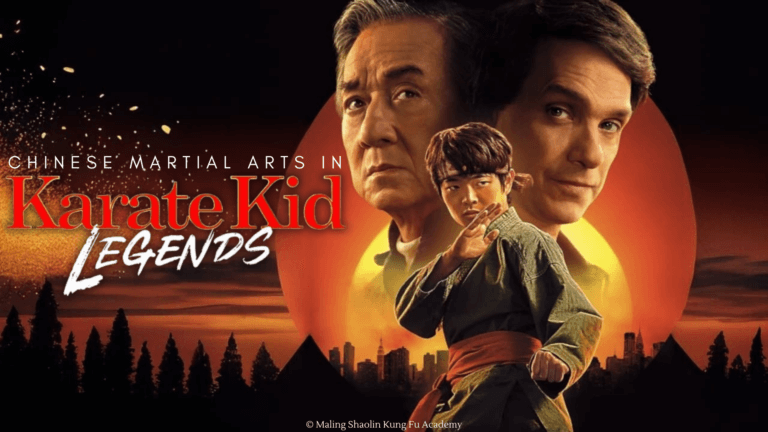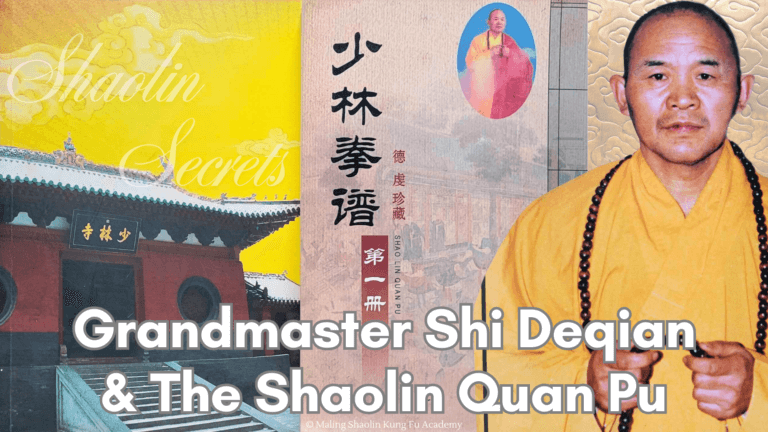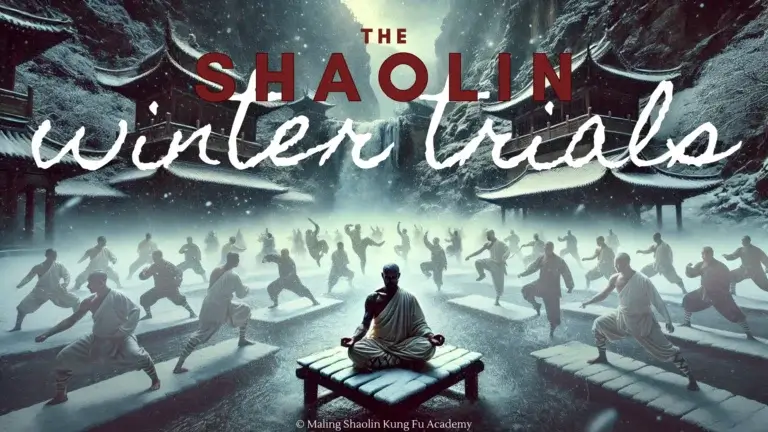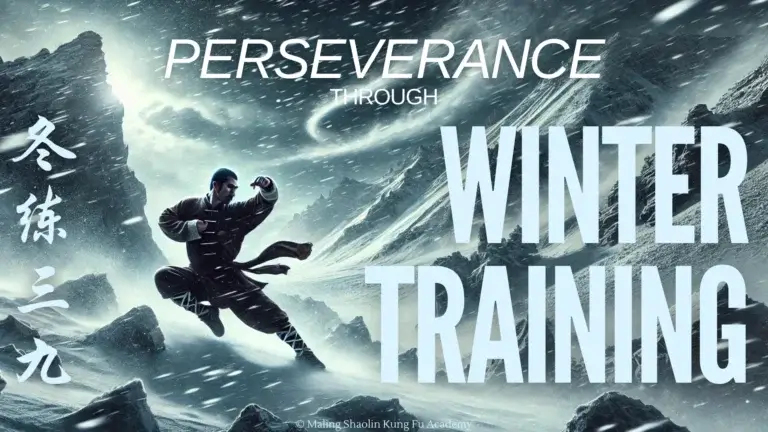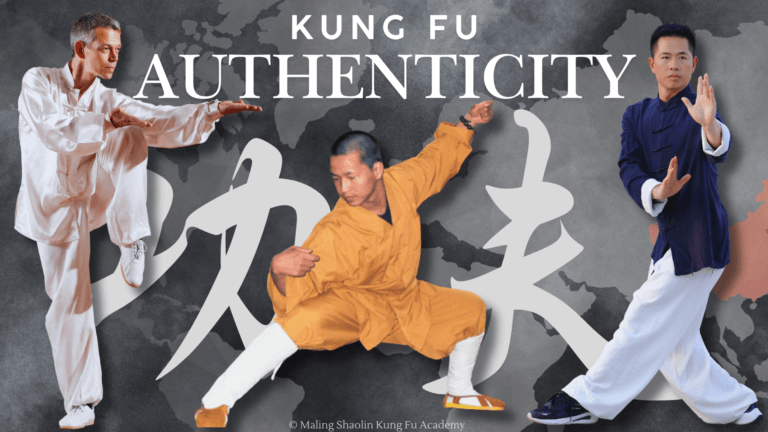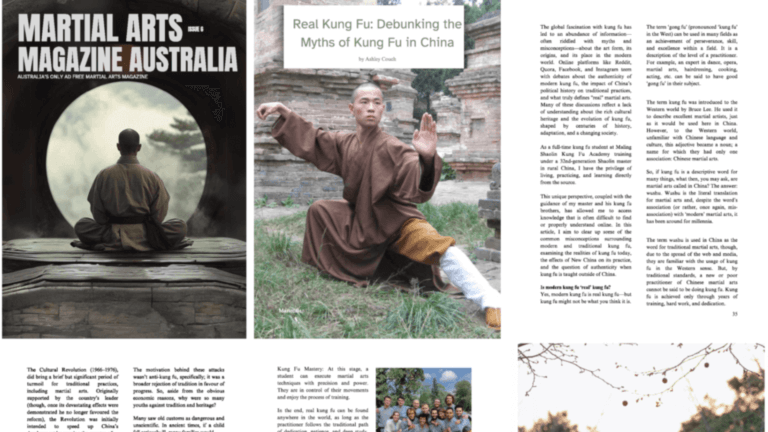The Stance Series: Low Stance (Pu Bu)
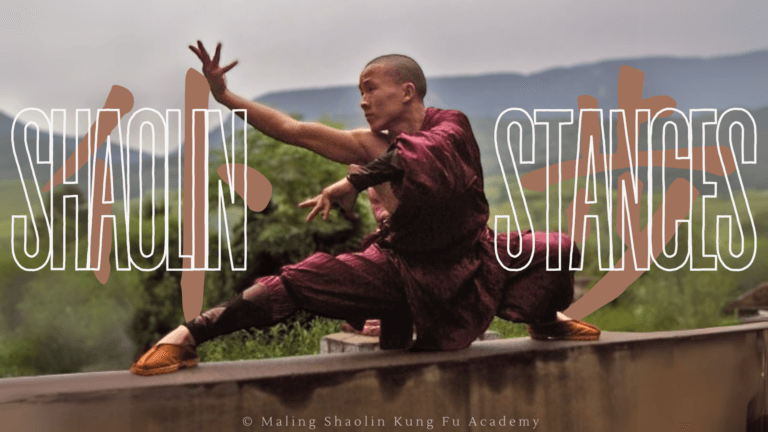
The Low Stance (Pu Bu) is a fundamental position in Shaolin Kung Fu, emphasizing agility, flexibility, and balance. This stance strengthens the legs, improves mobility, and enhances transitions between techniques. Learn how Pu Bu builds a solid martial arts foundation and how to train it effectively.



